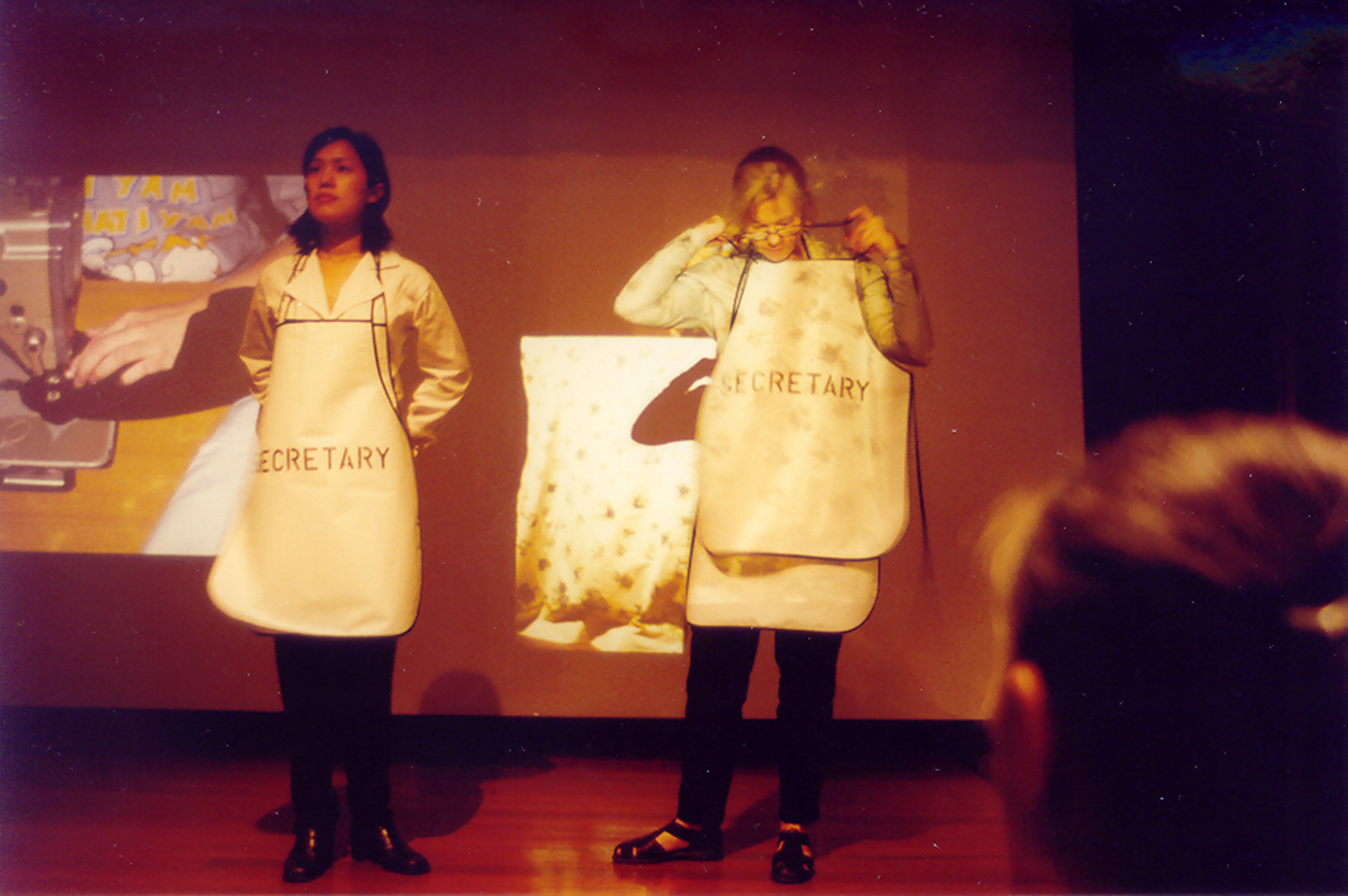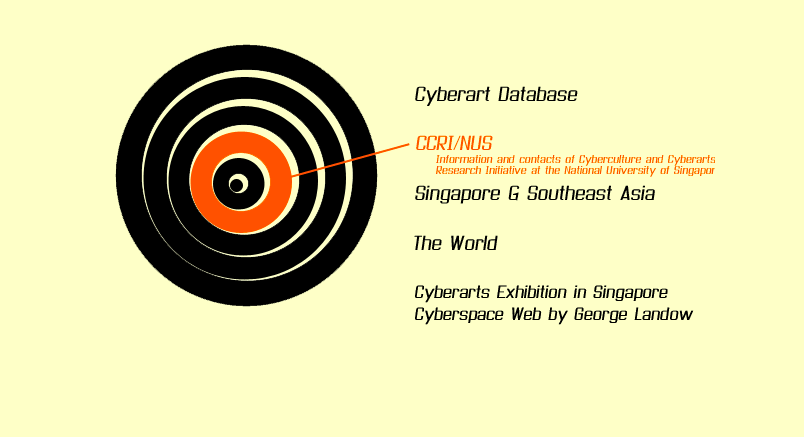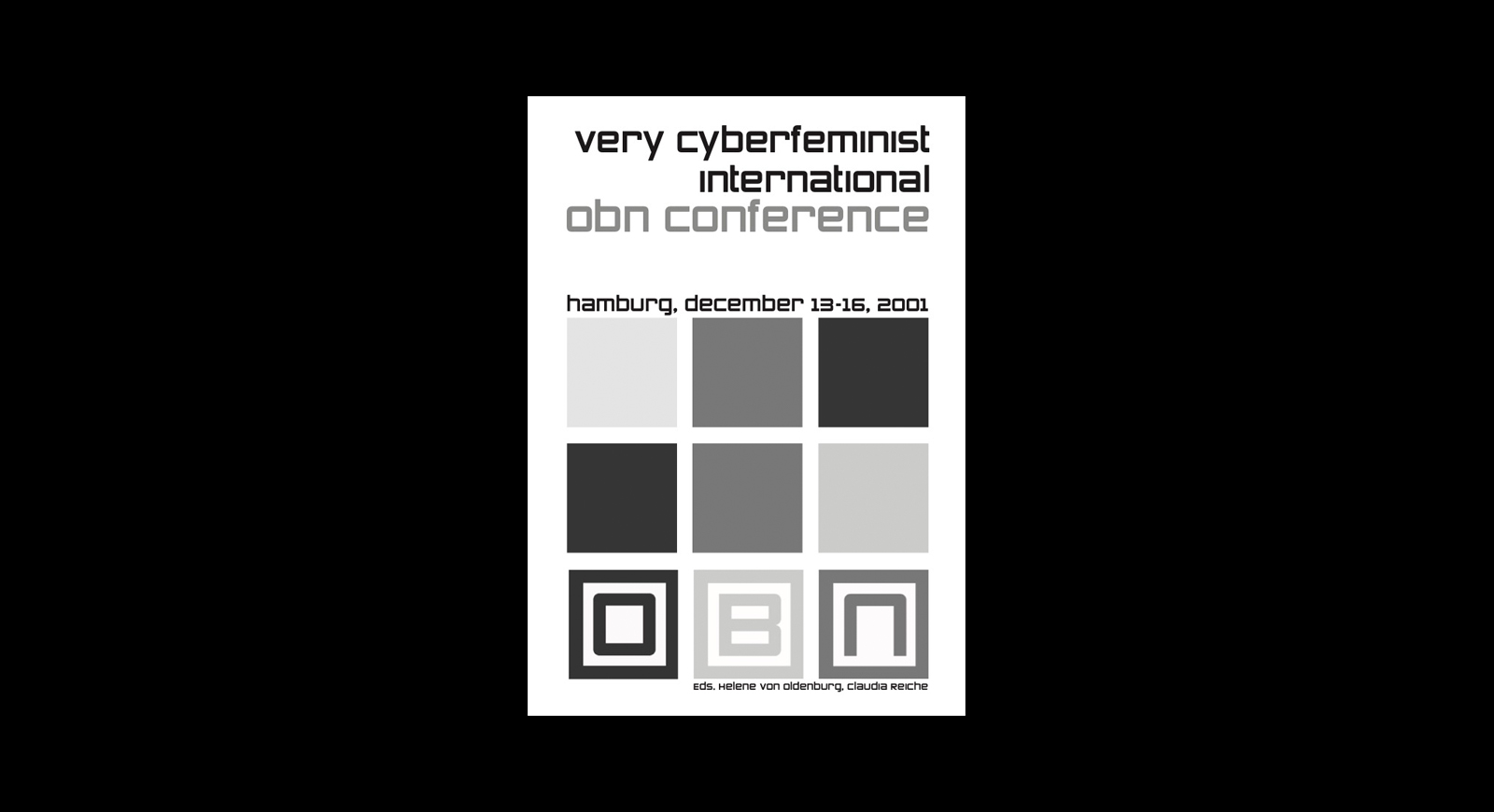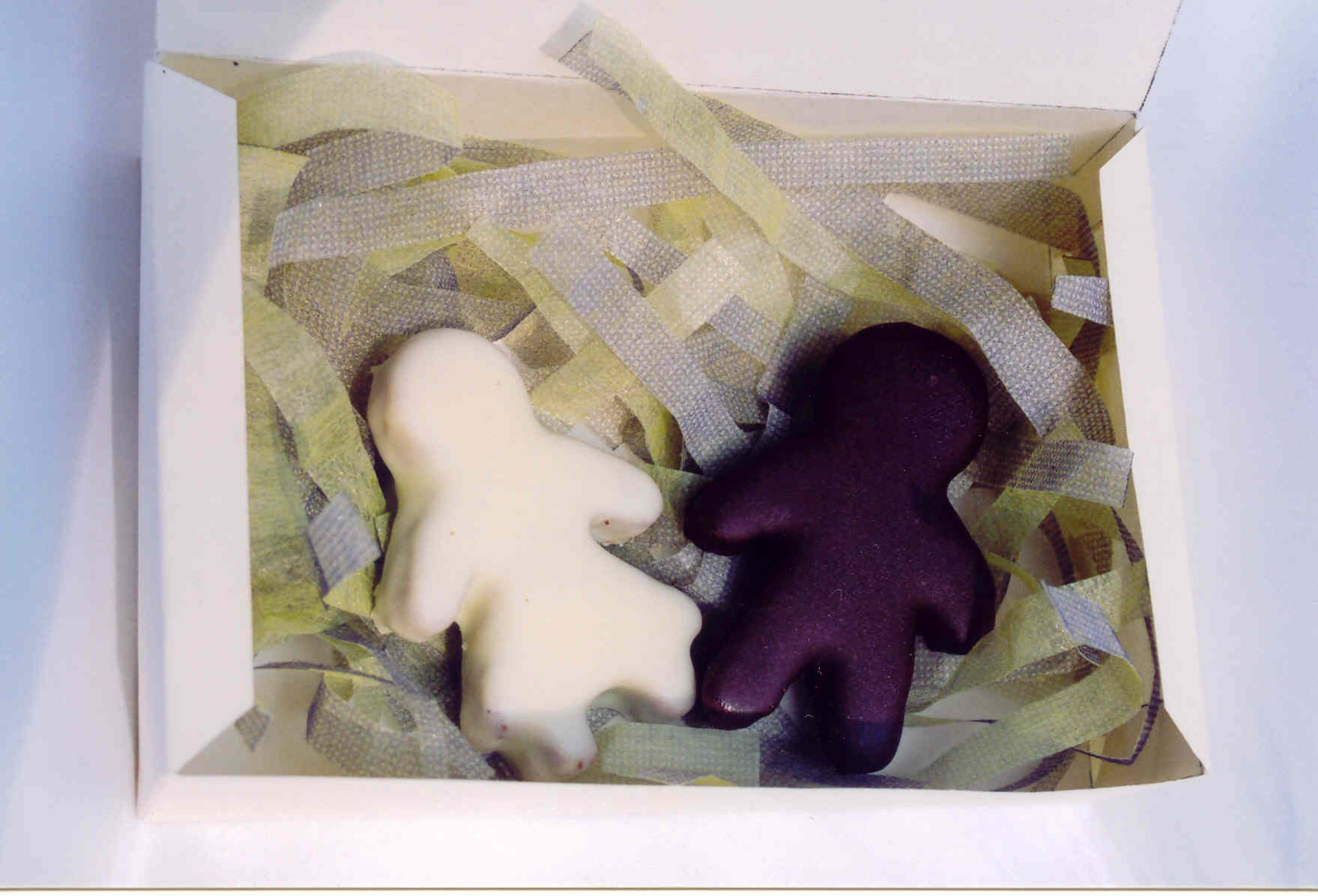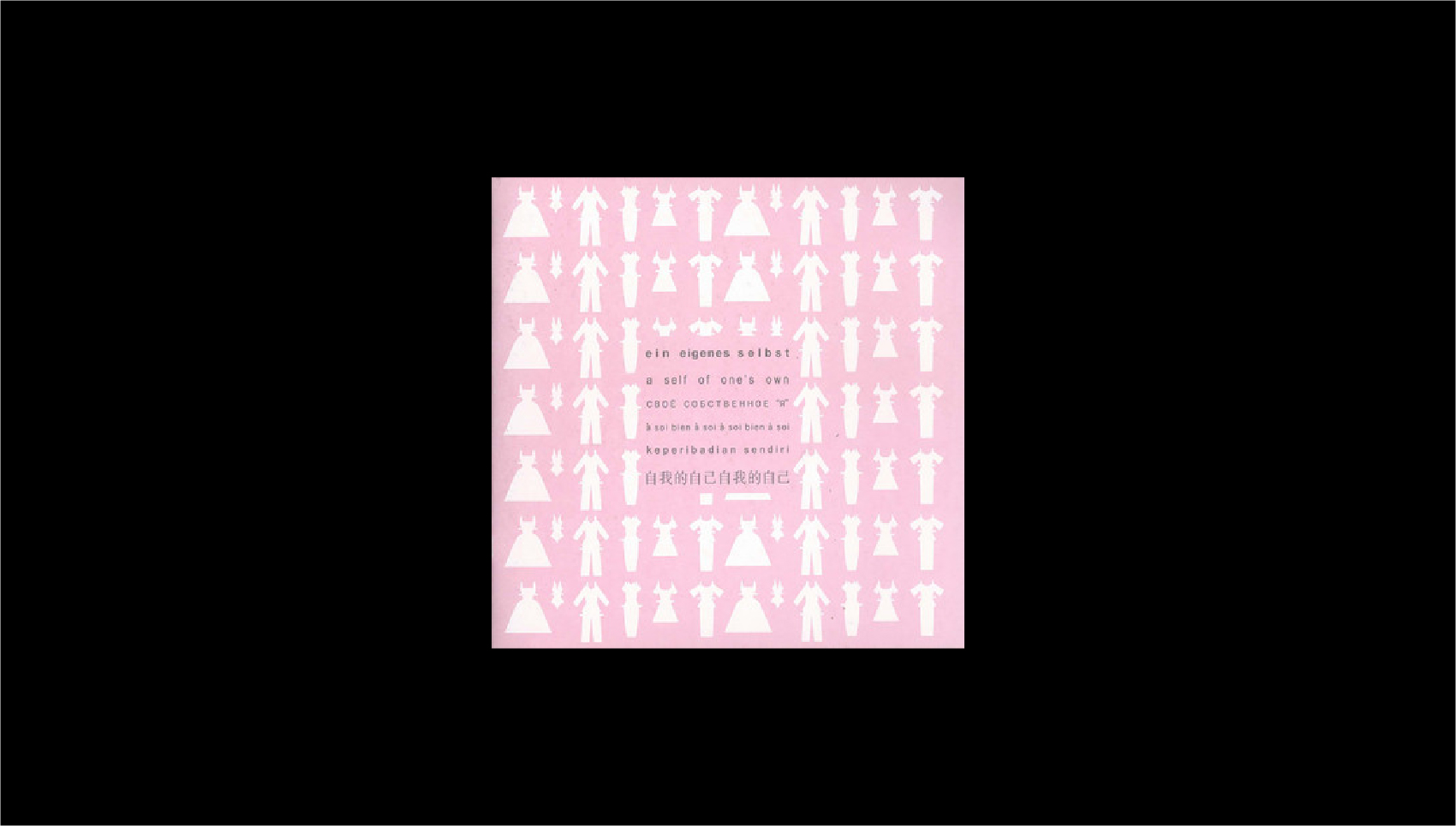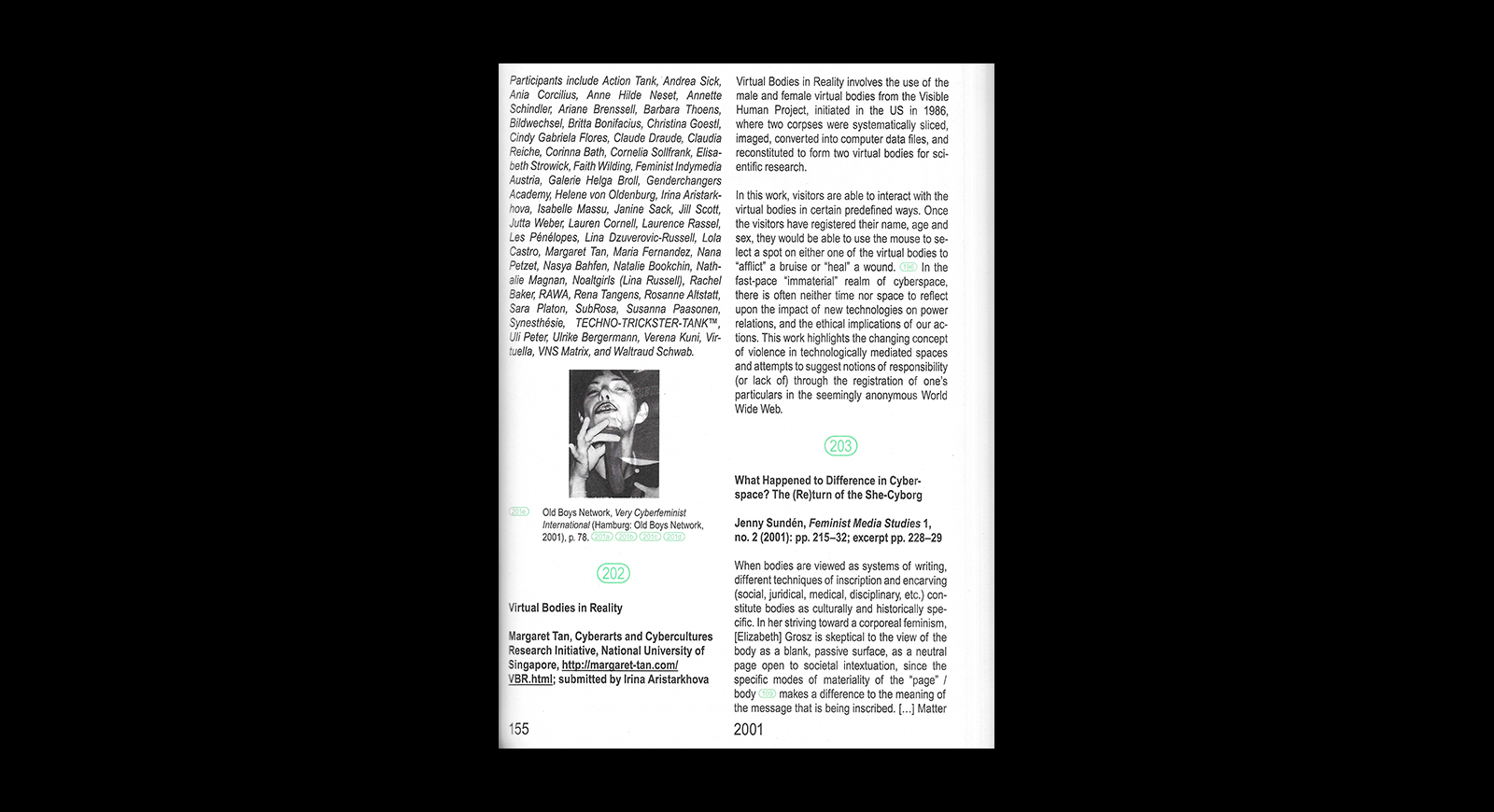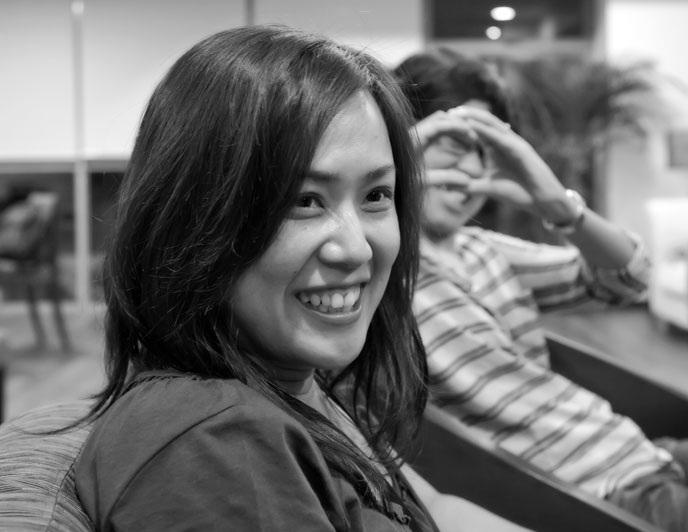Johann Yamin & Samantha Yap (JY & SY):
In 2015, during a panel held at Amanda Heng’s artist studio, you described your journey with art as one that had started late.¹ It was only after spending seven years in the workforce that you began studying art part-time at the LASALLE College of the Arts.
I’m curious to hear more about your earlier works from this period. With performance-installations like Restless (1999) and Picture-Perfect (2000), you created installative spaces tinctured with a kind of uncanny domesticity. Perhaps this approach presented the fleeting possibility—or even the dreadful impossibility—of stepping out of the domestic sphere as a woman at that particular time. Could you share more about your choice of medium and your interest in examining women’s lived experiences?
Margaret Tan (MT):
When I joined LASALLE as a part-time student, it was towards a Diploma in Fine Arts, specialising in painting. But by the time I submitted my works for the diploma, I was already experimenting with performance and installation art. Immediately after, I followed up with a Degree in Fine Arts and Restless and Picture-Perfect are some works that came out of that. I felt installation and performance art were more suitable for the kinds of political works I was interested in creating.
As with most art students, I went through an initial period of experimentation and self-discovery. However, it was really through my then lecturer Irina Aristarkhova’s feminist art history and theory classes that really transformed me and my art practice. I loved the art theory and art history classes. Uncovering feminist writings and artworks that could connect with my personal experiences and explain the patriarchal system was not only enlightening, but also inspirational.
My late father was quite patriarchal. To him, women didn’t need to be so educated or ambitious; they just needed to find a good husband to marry. Of course, in my previous job as a Singapore Airlines flight attendant, I also experienced sexism and the sexualisation of the female body. Early in my marriage, the distribution of housework was often a point of contention with my husband. The encounter with feminism gave me the words and pointed to the relationship between the personal and the political. That there is, beyond personal experience, a system or structure that reinforces patriarchal values and expectations.
While I find your term “uncanny domesticity” very apt in describing the resulting works, I do nonetheless regard them more as a subversive yet hopeful commentary on women’s assigned role in the domestic, rather than with a sense of “dreadful impossibility”. For example, with Restless, while the figure starts out being part of the wallpaper, she eventually emerges from it, while creating new patterns in the process.
At the same time, these works also function to de-stabilise patriarchal modernist art history and the conventional role of women as objects of art, by complicating the figure and the ground, the passive and active. With Picture-Perfect, it references Daniel Buren’s actions of escaping the museum walls but disrupts this further through the use of humour, sound, and housework.
